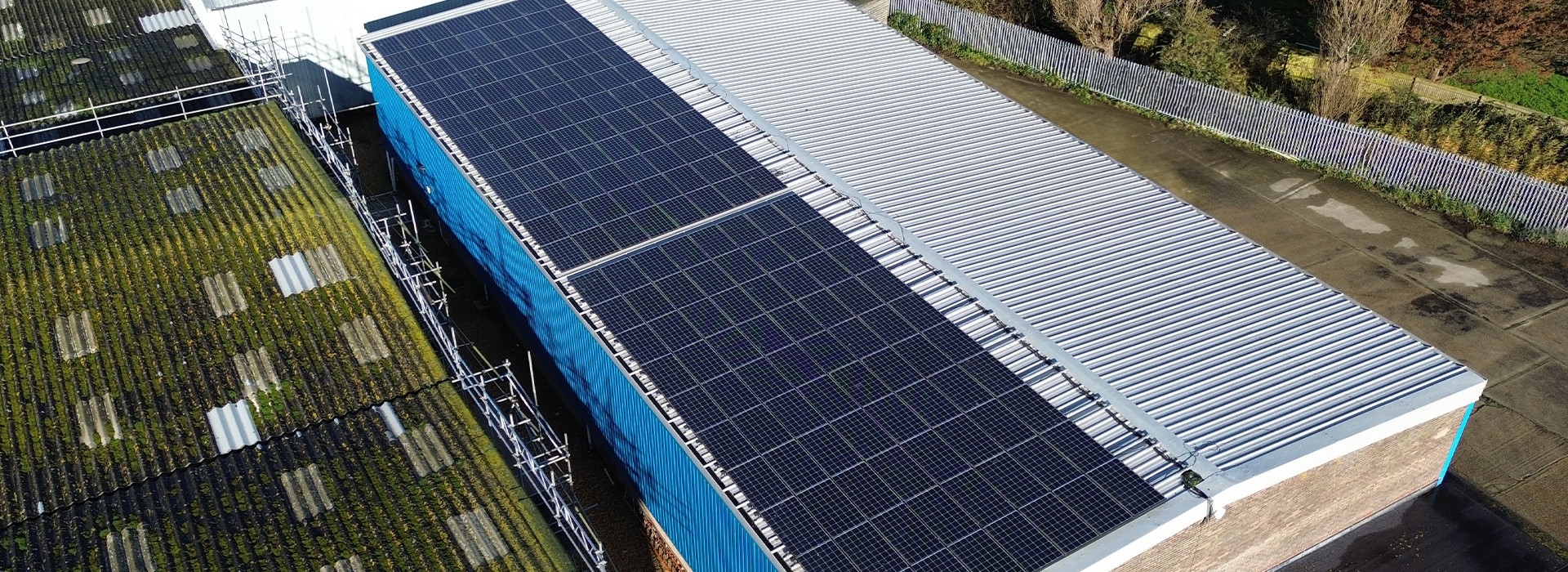As the new year begins, it’s an ideal time to assess workplace safety practices, particularly when it comes to fall protection. Falls remain one of the leading causes of workplace injuries and fatalities, particularly in industries such as construction, manufacturing, and warehousing. Investing in adequate fall protection training not only safeguards your employees but also ensures compliance with legal regulations and improves overall productivity. Here’s why fall protection training should be a priority for your team this year.
Compliance with Regulations
Employers have a legal obligation to provide a safe working environment for their employees. In the UK, the Work at Height Regulations 2005 requires employers to prevent falls from height where possible and to provide adequate training for employees who work at height. Failing to comply with these regulations can result in hefty fines, legal action, and damage to your company’s reputation.
Fall protection training equips your team with the knowledge and skills to adhere to these regulations, reducing the risk of non-compliance and ensuring the safety of your workforce.
Reducing Workplace Accidents
Falls from height are responsible for a significant number of workplace injuries and fatalities each year. Adequate training can drastically reduce these incidents by teaching employees how to identify hazards, properly use fall protection equipment, and adopt safe working practices. Training empowers your team to be proactive about safety, creating a culture of accountability and vigilance.
Protecting Your Workforce
Your employees are your most valuable asset. Providing fall protection training demonstrates your commitment to their well-being. A safe work environment boosts employee morale and retention, as workers feel valued and protected. Additionally, reducing accidents minimises disruptions, downtime, and associated costs, allowing your team to operate more efficiently.
Enhancing Productivity
Employees who are confident in their safety are more likely to perform their tasks efficiently and effectively. Fall protection training eliminates uncertainties surrounding work at height by providing clear guidelines and practical techniques. This not only prevents accidents but also ensures that tasks are completed to a high standard, improving overall productivity.
Customised Training for Specific Needs
Every workplace is unique, and fall hazards can vary significantly depending on the industry and environment. Fall protection training can be tailored to address the specific risks your team faces. Whether it’s proper harness use, scaffold safety, or rooftop work, customised training ensures your team is equipped to handle the challenges of your particular work environment.
Building a Safety-First Culture
Starting the new year with fall protection training sets the tone for a safety-first culture in your workplace. When safety is prioritised, it fosters a sense of shared responsibility among employees and management. This culture extends beyond fall protection, influencing other aspects of workplace safety and encouraging continuous improvement.
Cost Savings in the Long Run
While fall protection training requires an initial investment, it can save your business money in the long term. Reduced workplace accidents mean fewer compensation claims, lower insurance premiums, and less downtime. Additionally, training helps prevent damage to equipment and materials, further contributing to cost savings.
How to Implement Fall Protection Training
To ensure the success of your fall protection training program, follow these steps:
Conduct a Risk Assessment – Identify fall hazards in your workplace and assess the training needs of your employees.
Choose a Reputable Training Provider – Partner with experienced professionals who can deliver high-quality, industry-specific training.
Schedule Regular Refresher Courses – Ensure employees stay up to date with the latest safety practices and technologies.
Incorporate Hands-On Training – Practical, on-site training helps employees retain information and gain confidence in using fall protection equipment.
Monitor and Evaluate – Continuously assess the effectiveness of your training program and make improvements as needed.
Conclusion
The start of a new year is the perfect time to reinforce your commitment to workplace safety. Adequate fall protection training not only protects your employees but also strengthens your business by ensuring compliance, reducing accidents, and enhancing productivity. By investing in training, you’re investing in the future of your team and your company. Don’t wait for an accident to happen—make fall protection training a priority today.



